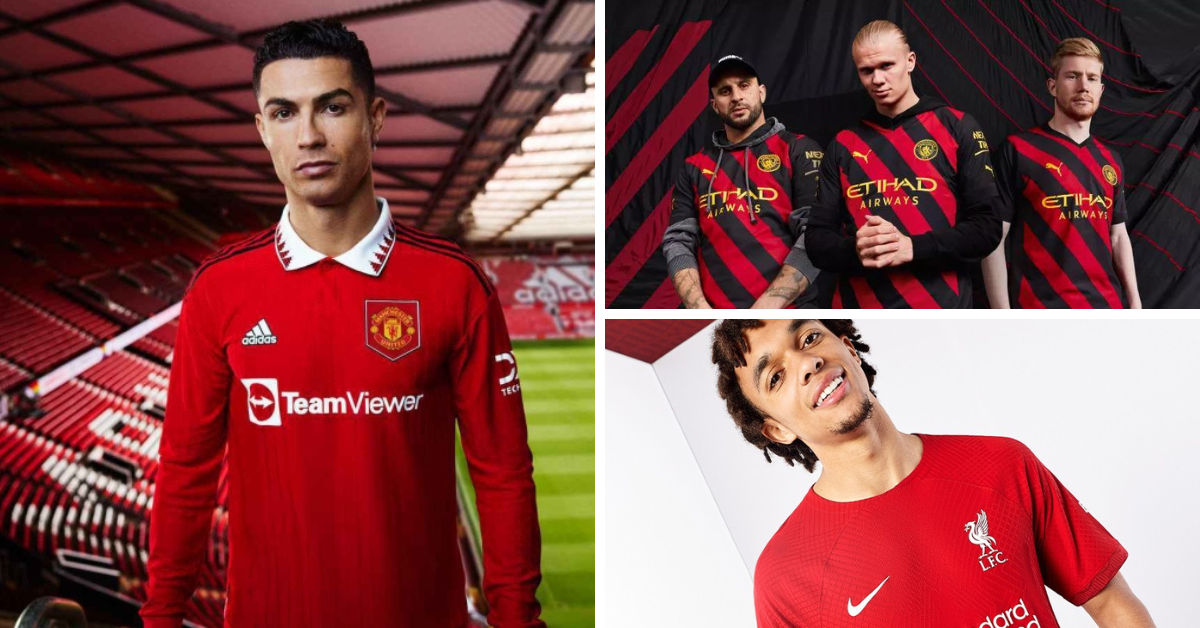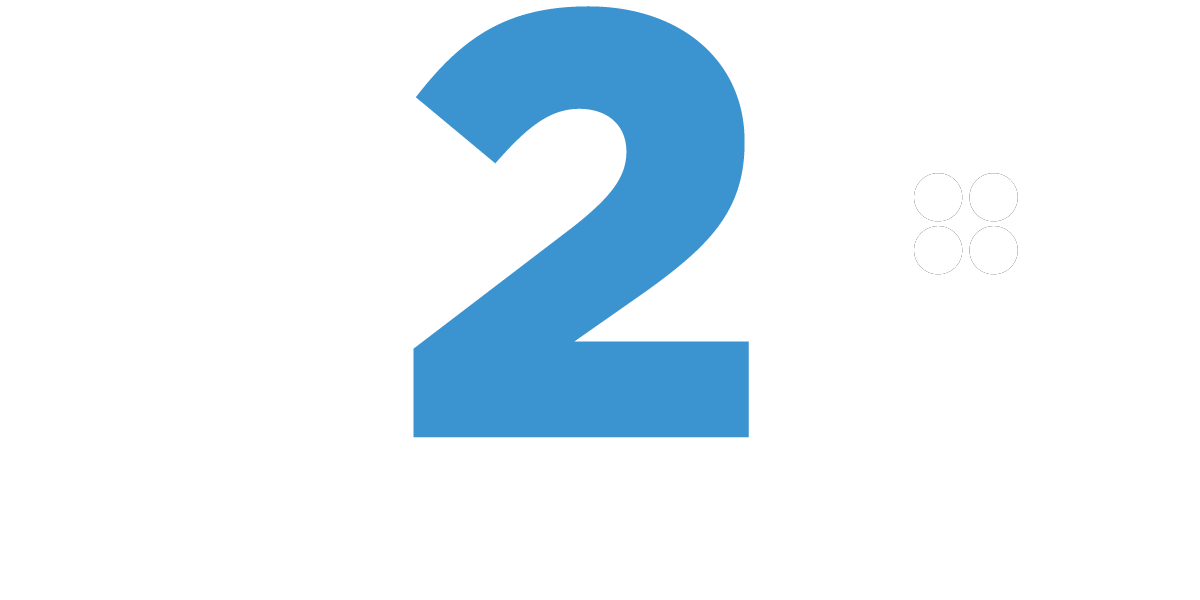Since the inception of the Premier League in 1992, team branding has been at the heart of the operation. In particular, the emphasis on a club’s number of new kits. Kits can have such an impact that some people can even show affinity to a club due to the kit that they wear.
Much of the anticipation regarding the new Premier League season starts from the release of a team’s new strip for the season ahead. From social media teasers to full on productions, each release sets the conversation flowing between fans.
Replica shirts are big business with many fans purchasing the new kit each year. This subsequently is a massive revenue driver for teams as for example Manchester United grossed £187 million from sales of Ronaldo 7 shirts in 2021.
A football kit isn’t just what the players wear on a matchday. It provides much value to the club. A new kit has many objectives such as, to be innovative, to be functional and to be commercially viable. But what are the lessons which can be learnt from and applied to company uniforms?
Innovation
A key part of the design of a football kit is being innovative. In the 90’s, for example, it was commonplace to see every team in the Premier League sporting a baggy shirt with sleeves below the elbow. Nowadays kits are more stream-lined and use innovations to gain every small edge in performance.

For example, all of the kits which have been supplied by Puma this season have a particular focus on sustainability and performance. The kits are made with 100% recycled polyester and equipped with sweat-wicking technology which will keep the wearer dry and comfortable. This will be featured within Manchester City’s kits this season.
This can lead into the question, is your uniform fit for purpose? For example, if your business undertakes manual work, is the uniform breathable and does the material have sweat-wicking properties? Additionally is your uniform waterproof or is the jacket fit for the role? This underlines the importance of checking the materials and properties of uniform and workwear items prior to purchase.
Sponsorship
Ultimately, a new kit is a key commercial asset to a club. Releasing three kits or more per year, clubs receive revenue from the kit manufacturer, sponsors and replica shirt sales. It’s a common misconception that Premier League teams receive all the money from the sales of shirts and that this can fund or cover the cost of a transfer of a certain player. Clubs will receive a payment per season from the kit manufacturer and a percentage of the sales. For example, Nike paid Liverpool FC £30 million and 20% of the kit sales.
Kits have also become a vehicle for sponsorship. The most common placements for sponsorship in the Premier League and on the front of the kit and on the left sleeve. However, a sponsor can ruin the design of the kit if it is intrusive and does not match the colour scheme.
Due to the global interest in the Premier League, global brands take up the sponsorship for clubs. However, for some sponsors of Premier League teams such as Newcastle, Southampton and Brentford, the UK are not their main market. Fulham’s sponsors do not operate within the UK.

In the uniform context, a subtle sponsor could be added to the uniform in order to reduce the cost of a uniform. Many of our customers in the events or sports sector integrate sponsorship into their designs. This especially looks great for customer undertaking charity events such as fundraising runs.
Inspired Design
Many of the kits for the current Premier League season have integrated elements from iconic designs for their clubs. For example, Manchester United, have added a polo collar to their current home shirt. The collar was a staple for the Manchester United kits in the 90’s and had been a starring role in some of the clubs biggest moments. The current kit pays particular homage to the 1994 kit with the white collar containing a 1994-inspired triangular design.

Another example of taking a spin on a classic shirt is Manchester City’s current away shirt. The design is a tribute to the kit of 1969. This was a design used during a period of success which included winning an FA Cup and reaching the finals of the League Cup and European Cup Winners’ Cup.
The primary reason for clubs deciding to do this with the design of the kits is to create a sense of nostalgia. This helps to widen the appeal of the kit within the fan base and encourages more fans to purchase a kit. By including elements from past kits, the design is reliving elements that a club may be synonymous for.
For uniforms, a vintage logo or a classic design element can be used. This can give a nod to the heritage of the business. This is because the essence of a business can be lost in rebrands and bringing an element from the past is ideal to reconnect with the roots of your business.
There is a lot to learn from the kits of the Premier League teams that can be applied to uniforms. For example, a uniform must be fit for purpose. Also it needs to fit the essence of an organisation and nod back to the heritage of a business if possible. Additionally, if your business has partners or an event has sponsors, a consideration can be to integrate them into the uniforms design.


